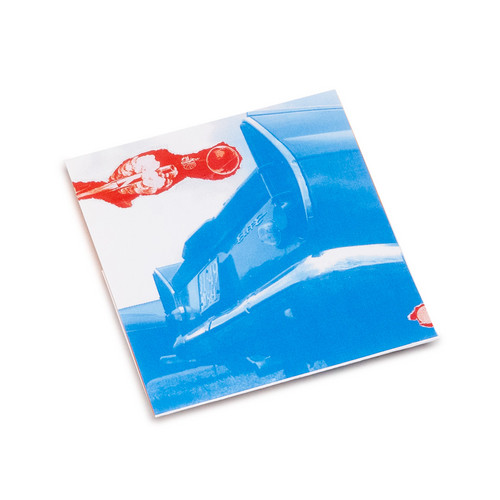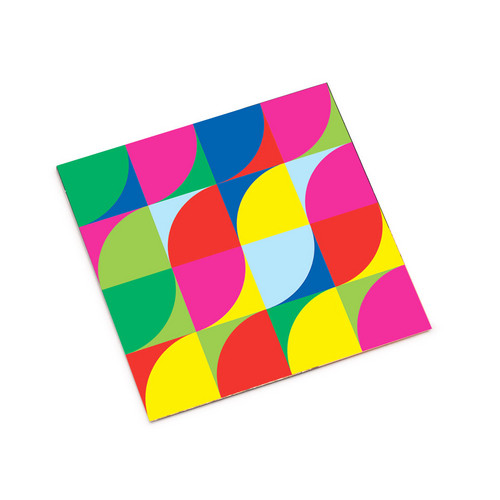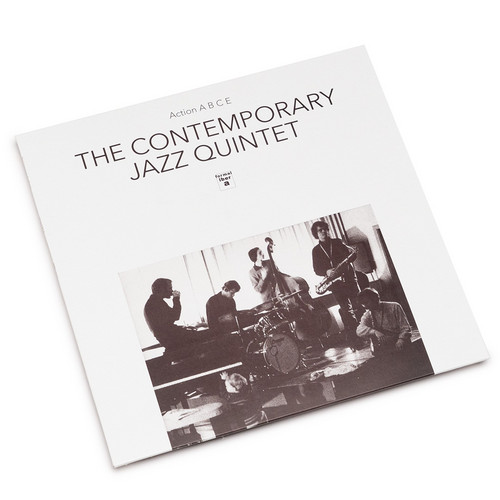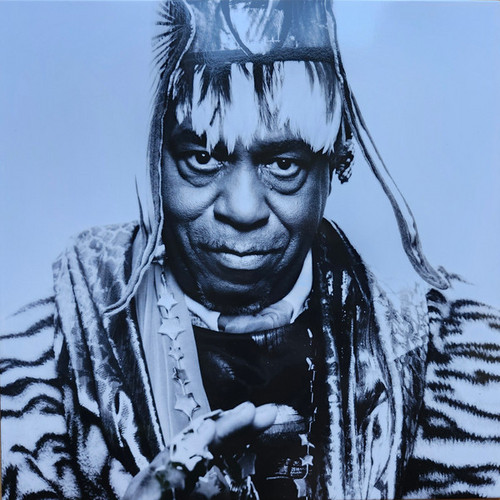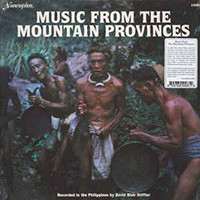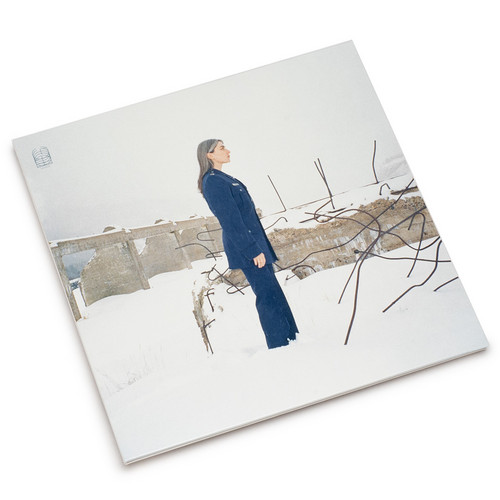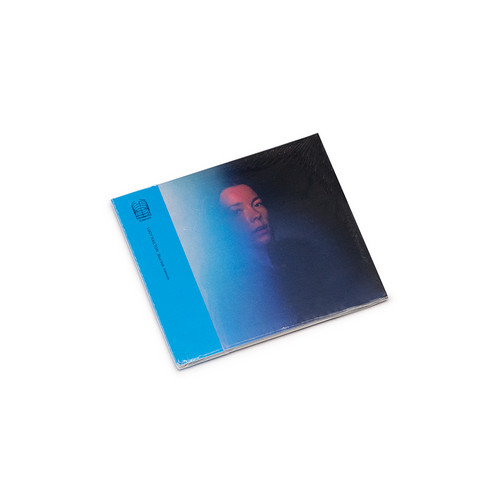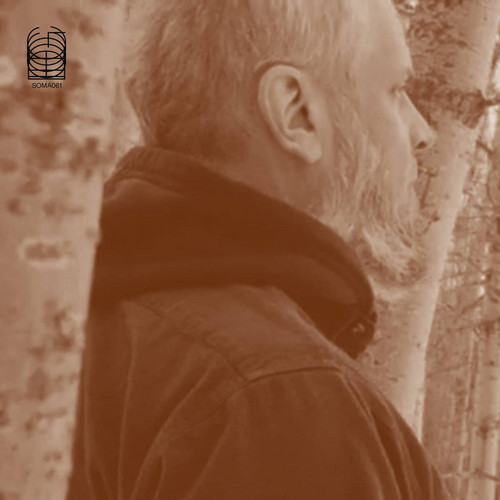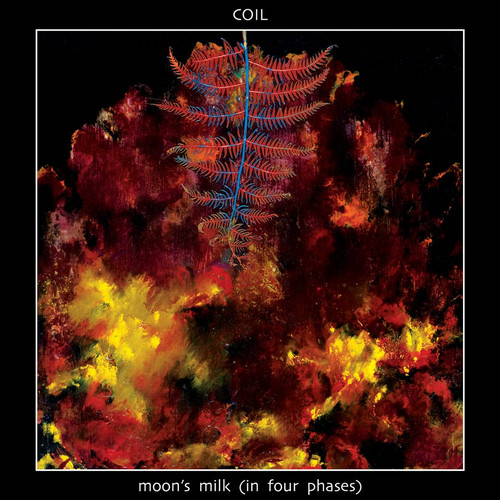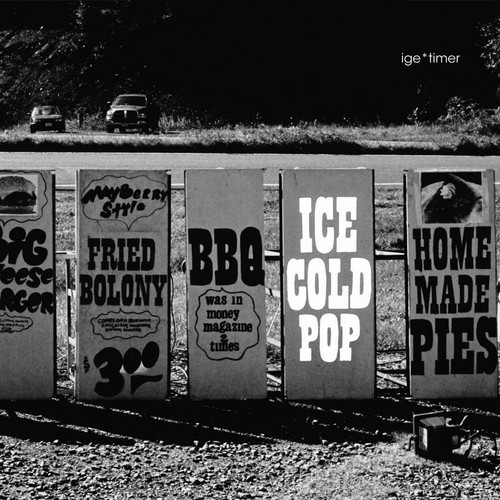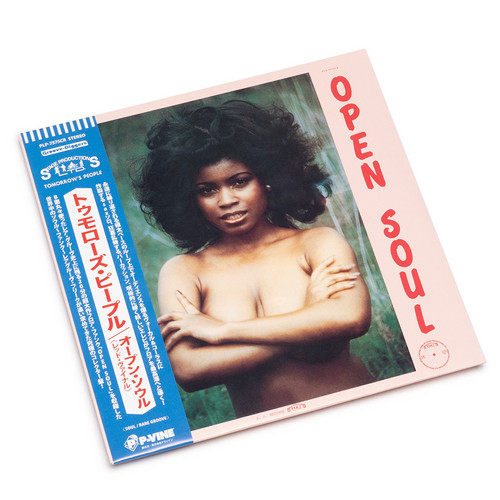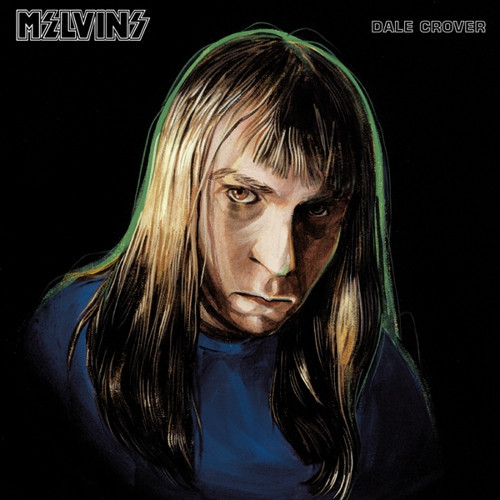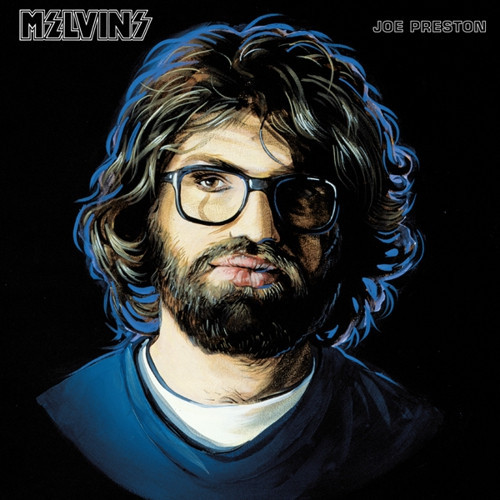Back in stock
Tipuuraa
Tipuuraa is a 7-inch, single-sided flexi-disc released by Lorsson in 2015. Pressed on a flexible vinyl sheet, this unique format is known for its lightweight, collectible nature and is often used for limited or special releases. The record was issued by the Gafoni label, catalog number Galaxi-4, and is categorized as an EP.
Running and Chanting and Falling and Ranting
Running and Chanting and Falling and Ranting is an immersive multimedia work by Charlemagne Palestine, combining his signature ecstatic minimalism with visual and textual explorations of ritual, trance, and performance.
Luc Ferrari Prix Presque Rien Prize
In 2010, Brunhild Ferrari decided to make public some of Luc Ferrari's original sound archives by offering a selected collection of recordings to other composers who may wish to use the material for the creation of original musical works. Her desire was to open this sonic treasure to other artists without wanting to impose any aesthetic direction on them, and with the only purpose of encouraging new artistic inventiveness. This edition presents the "Presque Rien Prize" winners and other selected…
Just a Little Piece of Me / Dream Journal (for Udo) 7"
A unique collaboration, Just a Little Piece of Me / Dream Journal (for Udo) unites Swiss analog explorer Papiro and legendary psych innovator Sonic Boom for a mesmerizing 7" of dreamy textures and experimental pop.
Love
* Edition of 100 copies, silk-screened cover, hand numbered and intended for musicians and their families. High thickness cardboard with opaque laminated cover. Comes with a printed insert. Very Few copies available * Founded in 1969 by the pianist Ole Mathiessen, the bassist Henrik Hove, the saxophonist Jesper Nehammer, and drummer Jon Finsen, Tordenskjolds Soldater was one of the great - albeit short-lived - projects in Copenhagen’s thriving scene of free improvisation and jazz of the late 196…
Love / Action A B C E (2LP Bundle)
Returning with some serious fire for their first batch of releases in 2025, Alga Marghen newly launched Formalibera, dedicated to free improvisation, drops two absolutely mind-blowing, limited-edition LPs, drawing upon never before issued recordings by Tordenskjolds Soldater and The Contemporary Jazz Quintet, two of the most important groups working in Copenhagen's bristling context of avant-garde jazz at the end of the 1960 and early 1970s. Both hugely historically significant and creatively vi…
Action A b C E
* Edition of 300 copies. High thickness cardboard with opaque laminated cover. Comes with a printed insert. * Founded initially as the The Beckerlee Quartet sometime towards the late 1950s and early '60s, a time during which time they went through various lineup changes before morphing into The Contemporary Jazz Quartet, in 1962 they began playing the Vingaarden club in central Copenhagen as one of the earliest European adopters of the emerging movement of free jazz. It was there that they came …
Best Of....
"Best of..." (catalog number ART54) is a limited edition compilation LP by the legendary jazz innovator Sun Ra, released on white vinyl in 2024. This collection brings together 14 early tracks that showcase Sun Ra’s multifaceted genius as a bandleader, composer, arranger, and producer. The album is issued by Reel-To-Reel Music Company and stands out for its collectible format and carefully curated selection of tracks.
Natural Time
*2024 stock* Muriel Grossmann's album from 2016 "Natural Time" released for the first time on a black 2LP with a thick old style tip-on gatefold outer sleeve on her own imprint Dreamlandrecords and distributed by RR Gems. This record marked a beginning for her in terms of direction and it includes a bonus composition "Inner Fire '' recorded especially for the vinyl release. Available only in a physical format.
"As we began this task, we realised that we would need another song to fit in with the…
Invisible Cities / Le Città Invisibili
A Winged Victory for the Sullen, the collaboration between Adam Wiltzie & Dustin O'Halloran, are set to release new album ‘Invisible Cities’ on the 26th February 2021, the stunning score to the critically acclaimed theatre production directed by London Olympics ceremony video designer Leo Warner. Released on their own Artificial Pinearch Manufacturing label, the album comes as part of an agreement with A Winged Victory for the Sullen’s current label, Ninja Tune.
Premiering to a sell-out audience…
Music From The Mountain Provinces
In 1988, David Blair Stiffler risked life and limb to document under-recorded cultural groups living lives of extreme isolation in the mountainous Philippine regions of Nueva Ecija, Aurora, and Luzon. These are the fruits of that expedition. In the grand tradition of the ethnographic recordings that made up the majority of Folkways' vast and significant catalog comes Music from the Mountain Provinces. By the mid-1980s, David Blair Stiffler was already a most-decorated recordist, with eight Folkw…
All Life Long
Created between March and May 2020, Does Spring Hide Its Joy is an immersive piece, positioned as a “study in harmonics and non-linear composition with a heightened focus on just intonation and beating interference patterns”.
Blue Veil
CD in 6 panel digisleeve. With Obi strip. The first release to document the solo cello work of musician and composer Lucy Railton, the 40-minute composition Blue Veil recorded at Église du Saint-Esprit in Paris invites listeners into the realm of precision-tuned states of resonance: states made manifest through Railton’s careful traversal of her cello's most subtle acoustic characteristics as they harmonically interlock with mind’s embodied modalities of attention and imagination. Blue Veil aris…
Henry House
CD housed in 6 panel digisleeve. 12 pages booklet and Obi. Henry House is a recurring dream song. Combining closely tuned instruments and sinetones, tape-music editing techniques, field recordings, and voice, this eighty-minute, five-part song cycle is an evolutionary step away from the spontaneity of the free jazz/noise aesthetic usually found in the music of Nate Wooley. Henry House expands on the ecstatic, durational work found in Wooley’s Seven Storey Mountain, a six-part composition that ha…
Moon's Milk (In Four Phases)
Black vinyl edition. 3xLP Box Set in matte rigid-board spined slipcase with silver foil lettering and gloss overlay artwork. First compiled as a double CD in 2002, Moon’s Milk (in Four Phases) is a suite of four EPs that Coil released seasonally via their in-house Eskaton imprint across 1998. The line-up for these sessions were John Balance, Peter "Sleazy" Christopherson, Drew McDowall, and William Breeze. Recorded primarily at their home studio in Chiswick, London on the eve of a permanent relo…
Ice Cold Pop
2025 stock The moment – hard to be in it, even harder to catch it. The Duo Ige*timer has dedicated itself absolutely to that search of the moment. Klaus Janek and Simon Berz let their music grow out of the situation surrounding them. They’ve been on a tour through the States and at the concerts in Baltimore, Philadelphia and New Orleans they switched their recorder on. The three pieces on Ice Cold Pop are a documentation of their perception of these cities. Nothing is preset and nothing ist reus…
Epsilon In Malaysian Pale
2025 stock Epsilon in Malaysian Pale... which could be described as part of the "Phaedra Rubycon Epsilon" trilogy, shows Edgar Froese's impressions after the Australian Tangerine Dream concert tour, in relation to the flora and fauna there. Froese creates here a lush sonic atmosphere, the music matches the cover artwork perfectly. The music is harmonic and melodic. A sun-drenched musical landscape that is in no way inferior to the most famous Tangerine Dream albums.
It was not without reason tha…
Open Soul
Released in 1976 by Chicago's local label Stage Productions, this is the only album by a 6-piece soul band centered around the four Burton brothers. The original version is rarely available on the market, and when it does sell for over US$1000, it's no exaggeration to say that it's the ultimate collector's edition that everyone wants at least once! Starting with the epic and groovy funk "Open Soul" (B1) that uses the entire B-side of the record and lasts over 20 minutes, the superb funky tune "L…
Dale Crover
2025 stock In 1992 the Melvins' fascination/adoration/denigration of the mighty KISS rock and roll universe compelled them to excrete out three solo masterworks inspired by the KISS solo LPs. The first in the series is King Buzzo, from the Melvins' giggling guitar grumpus. Four songs of atmospheric clanging and rockin' banging. Also features the many talents, drumming and otherwise, of a famous Grunge superstar, whose name sort of rhymes with New Wave Asshole. The second in the series is Dale Cr…
Joe Preston
2025 stock In 1992 the Melvins' fascination/adoration/denigration of the mighty KISS rock and roll universe compelled them to excrete out three solo masterworks inspired by the KISS solo LPs. The first in the series is King Buzzo, from the Melvins' giggling guitar grumpus. Four songs of atmospheric clanging and rockin' banging. Also features the many talents, drumming and otherwise, of a famous Grunge superstar, whose name sort of rhymes with New Wave Asshole. The second in the series is Dale Cr…
